Honda's Plan: More Hybrids, Fewer Trims, and a New Platform

Honda CEO Takahiro Hachigo provided a run-down of his company’s future on Wednesday, revealing a new global architecture slated to underpin a slew of vehicles in the coming decade.
Efficiency was the thread connecting all of Hachigo’s promises — efficiency in development, in manufacturing, and in driving. The company feels it has a good thing in its two-motor hybrid system, so a decision was made to spread it around. As for upcoming models, Honda suggests its future lineup might not be as diverse as it is today.
These changes won’t take place overnight, but they are on the way. In a concise address, Hachigo laid it all out. The CEO lamented that, “as a result of accommodating regional needs somewhat excessively in each individual region, we recognize that the number of models and variations at the trim and option level have increased and our efficiency has declined.”
What to do? Slash trims and build configurations — and maybe models.
“With this initiative, by 2025, we will reduce the total variations at the trim and option level for our global markets to one-third of what we have now,” Hachigo said. “In addition, we will increase efficiency by eliminating and consolidating some similar regional models into even more competent models shared across multiple regions.”
A new global architecture is on the way to underpin these future models, first appearing beneath a global model launching next year. Hachigo didn’t give away the model’s identity. Is it the next-generation Fit? Not likely, as that model makes its appearance later this year.
Honda’s new efficiency push carries over into its branding decisions, it seems. The name of Honda’s new vehicle architecture? “Honda Architecture.”
“With the strengthening of global and regional models through inter-regional coordination and collaboration and with the introduction of the Honda Architecture, by 2025 we will reduce the number of manhours we use for development of mass-production models by 30 percent,” Hachigo said, adding that the automaker will “repurpose those manhours to accelerate our research and development in advanced areas for the future.”
With an eye on its bottom line, Honda hopes to leave no production capacity unutilized. Recall that Honda’s ending production in the UK before long, preferring to build certain Civic in a market that isn’t so soft. In China, the company expects to reach full capacity by 2022. In America, Hachigo mentioned the need to boost “the efficiency of our production system.”
American buyers can also expect a trim and option cull, Hashigo said, all part of an effort to reduce production costs by 10 percent on a global scale.
As for the electric vehicles most automakers can’t stop talking about, Honda is a reluctant adopter. Yes, there’s an EV city car launching this year in Europe, as well as a new partnership with General Motors, but North American buyers can expect more new hybrids than EVs. Honda sees the technology as a happy medium with lots of customer appeal and few drawbacks.
“At Honda, in light of the required infrastructure and how people use automobiles, we believe that hybrid technology is, at this moment, the most effective way for us to comply with CAFE standards,” Hachigo said.
“To this end, we will expand the application of our i-MMD 2-motor hybrid system to the entire lineup of Honda vehicles. In addition to the i-MMD hybrid system, which is compatible with mid-to-large-sized vehicles, we developed a new, more compact i-MMD hybrid system suitable for small-sized vehicles. This small-sized i-MMD hybrid system will be adopted by the all-new Fit which we are planning to exhibit as a world premiere at the Tokyo Motor Show this autumn.”
If there was any lingering doubt that Honda will eventually bring the CR-V Hybrid to North America, let Hachigo’s words remove it. Cost of the new hybrid system should drop by 25 percent by 2020, he added, leading to lower, more competitive sticker prices for consumers.
Still, as excited as Honda is about hybrids, new electric vehicles will arrive in North America to supplement the limited-market (and range) Clarity EV.
“We will efficiently introduce our battery EVs to the market by selecting the most appropriate partners and resources to satisfy the different needs in each region,” the CEO said. “In North America, we will jointly develop battery components with General Motors and introduce highly-competitive battery EVs in the market.”
[Images: Honda]

More by Steph Willems
Latest Car Reviews
Read moreLatest Product Reviews
Read moreRecent Comments
- FreedMike If Dodge were smart - and I don't think they are - they'd spend their money refreshing and reworking the Durango (which I think is entering model year 3,221), versus going down the same "stuff 'em full of motor and give 'em cool new paint options" path. That's the approach they used with the Charger and Challenger, and both those models are dead. The Durango is still a strong product in a strong market; why not keep it fresher?
- Bill Wade I was driving a new Subaru a few weeks ago on I-10 near Tucson and it suddenly decided to slam on the brakes from a tumbleweed blowing across the highway. I just about had a heart attack while it nearly threw my mom through the windshield and dumped our grocery bags all over the place. It seems like a bad idea to me, the tech isn't ready.
- FreedMike I don't get the business case for these plug-in hybrid Jeep off roaders. They're a LOT more expensive (almost fourteen grand for the four-door Wrangler) and still get lousy MPG. They're certainly quick, but the last thing the Wrangler - one of the most obtuse-handling vehicles you can buy - needs is MOOOAAAARRRR POWER. In my neck of the woods, where off-road vehicles are big, the only 4Xe models I see of the wrangler wear fleet (rental) plates. What's the point? Wrangler sales have taken a massive plunge the last few years - why doesn't Jeep focus on affordability and value versus tech that only a very small part of its' buyer base would appreciate?
- Bill Wade I think about my dealer who was clueless about uConnect updates and still can't fix station presets disappearing and the manufacturers want me to trust them and their dealers to address any self driving concerns when they can't fix a simple radio?Right.
- FreedMike I don't think they work very well, so yeah...I'm afraid of them. And as many have pointed out, human drivers tend to be so bad that they are also worthy of being feared; that's true, but if that's the case, why add one more layer of bad drivers into the mix?

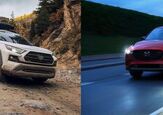
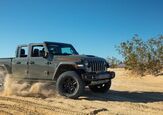

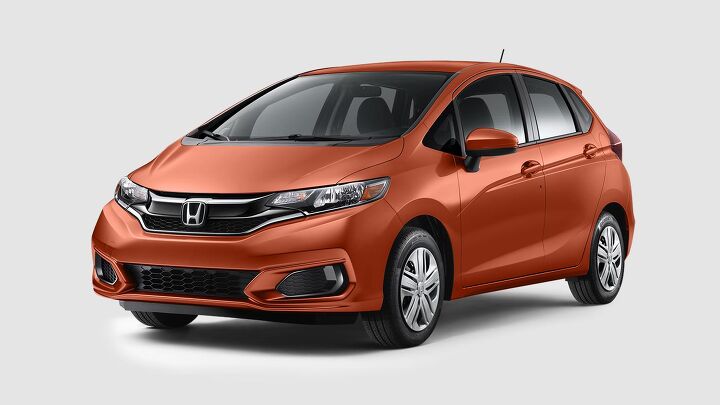













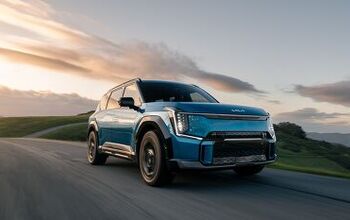

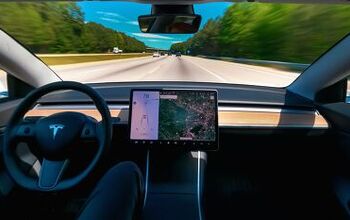
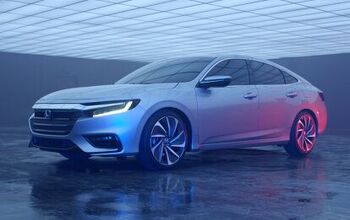
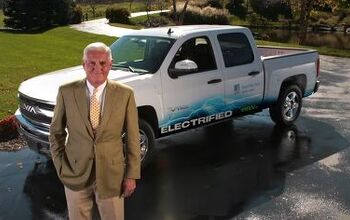
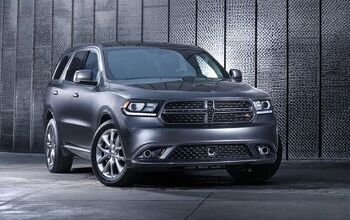
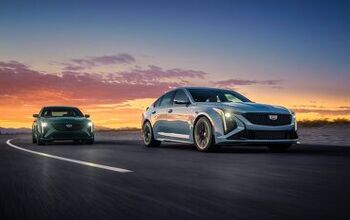
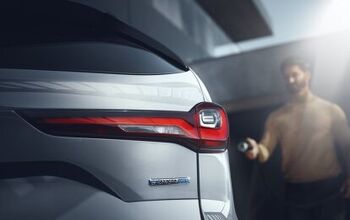
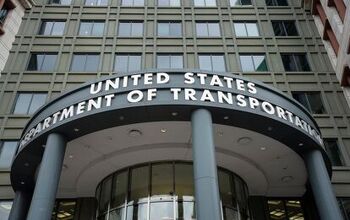
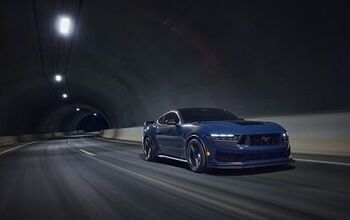

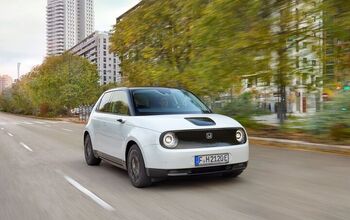
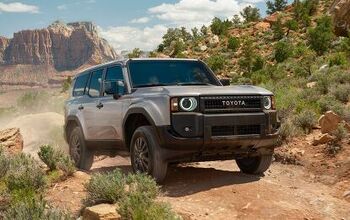
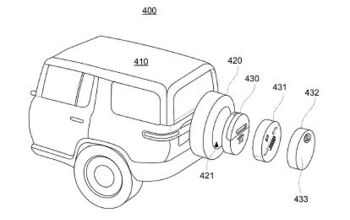

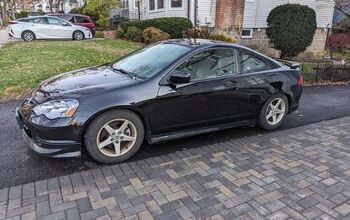
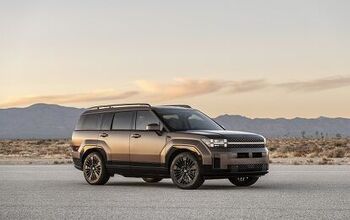
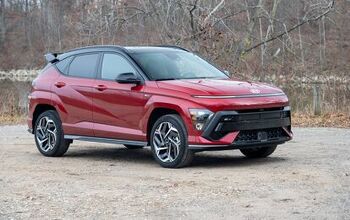
Comments
Join the conversation
I would rather have a hybrid than an all turbo motor. I am not ready for all electric until the batteries become less expensive, smaller, longer range, and more charging is available.
Is this a proper hybrid system, or more like Honda's joke of a 13-horsepower IMA transmission sandwich motor? I didn't think Honda was capable of making a bad car...but driving a Civic Hybrid and previous-gen Insight Hybrid ("the poor man's Prius") modified that view.